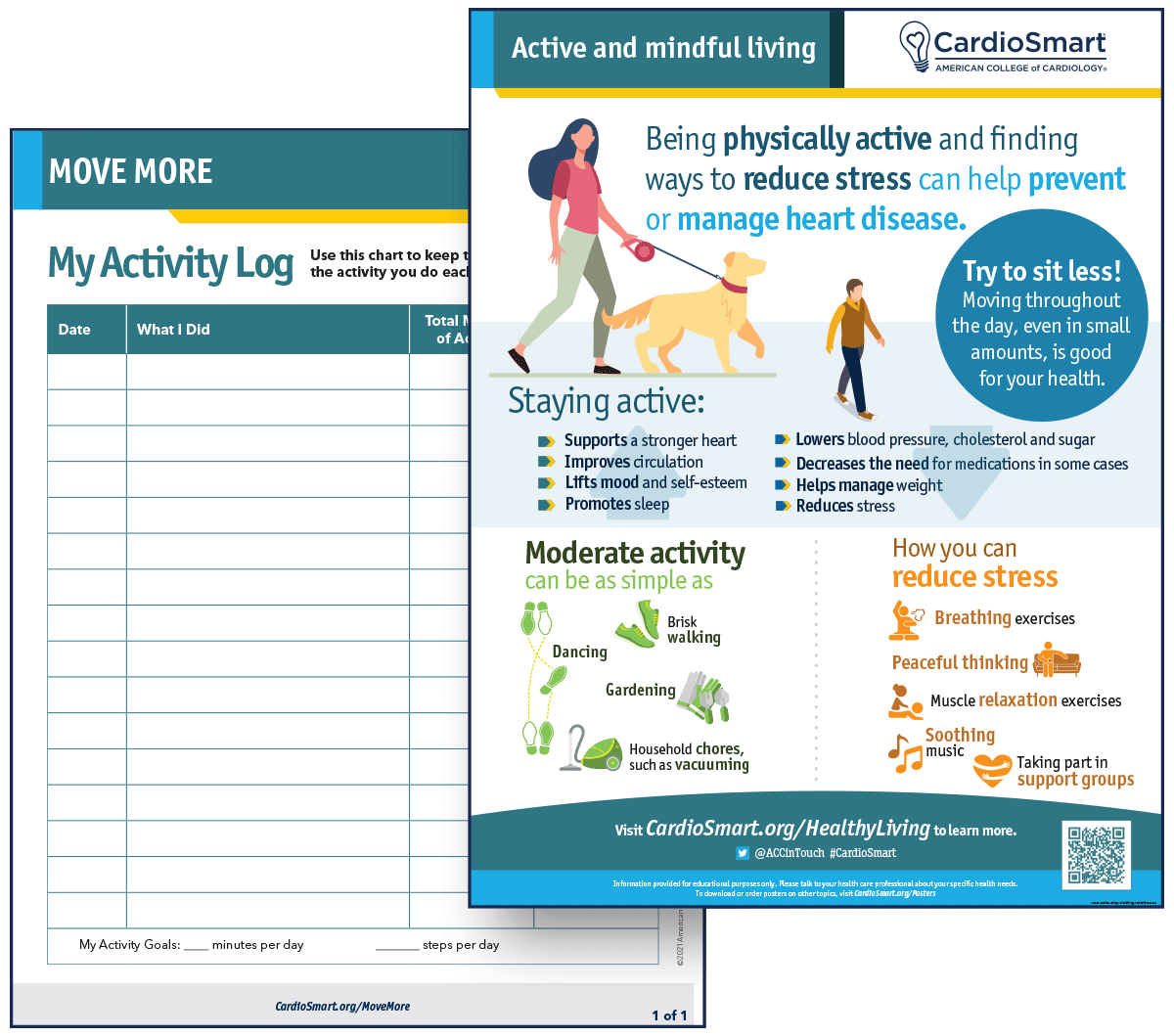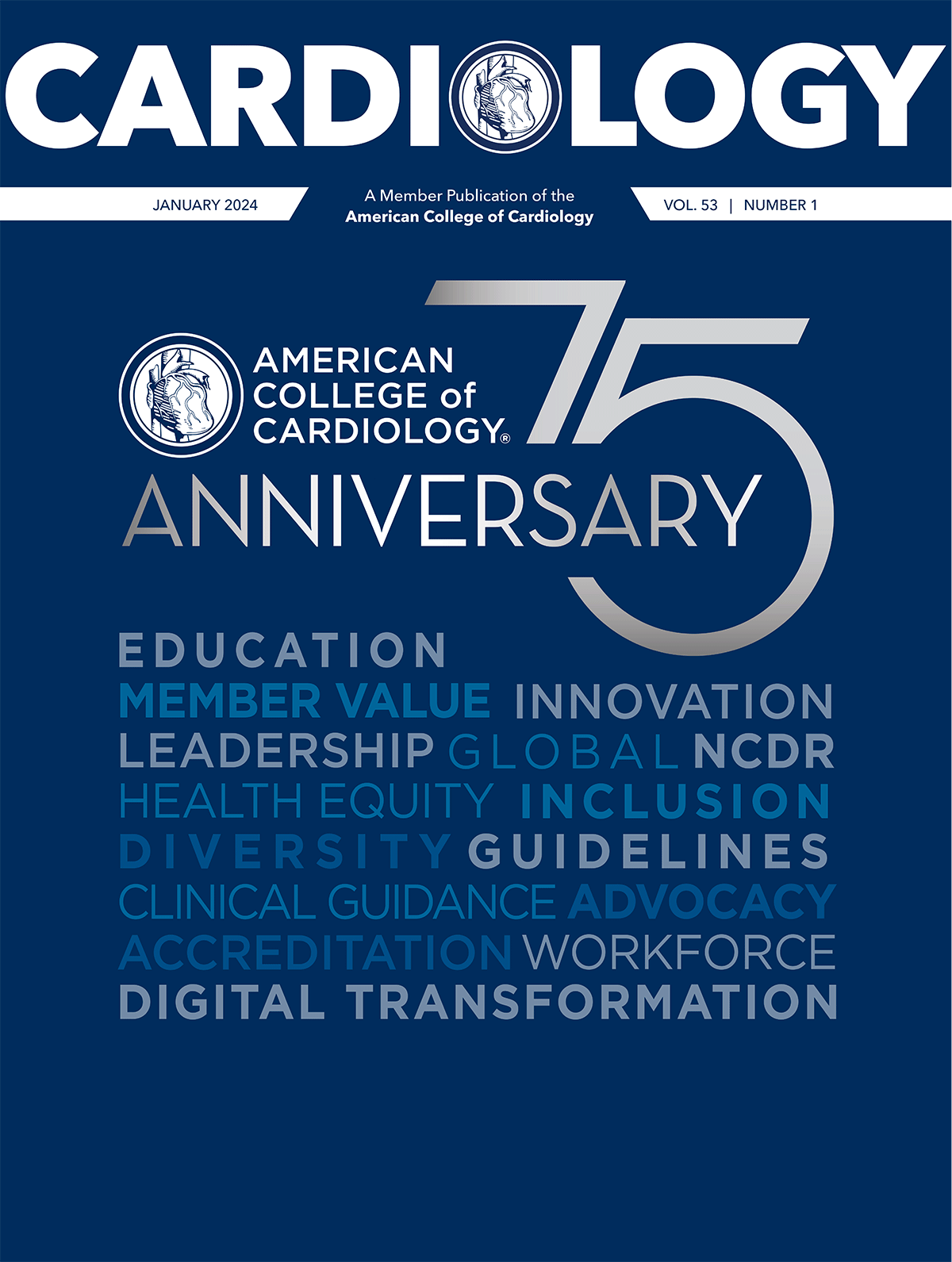Prioritizing Health | Get Active, Get Healthy

Moving more is one way to improve both heart health and overall well-being.
The start of the new year, as always, brings a focus on being healthier and feeling better. But it can seem daunting, even to the most committed person.
Join us this month, and for the next four months, on a health promotion journey exploring key factors contributing to better heart health. Whether it's making changes to physical activity levels and diet, or understanding the impacts of environmental risk factors, you'll find tips and insights to help patients live happier, healthier lives.

A Little Bit Goes a Long Way
Short spurts of exercise can offset the harms of a sedentary lifestyle, like a higher risk of diabetes, heart disease and dementia. Sure, the recommendation is for 150 minutes of moderate-intensity exercise a week, but breaking these minutes up and making them a part of daily life can have tangible benefits.
Start with making exercise a natural, "can't miss this" daily practice. In one study, moving for just five minutes every 30 minutes led to measurable benefits. Postprandial blood sugar spikes were nearly 60% lower by walking on a treadmill at an easy pace of about two miles an hour.1
Suggest patients just walk around their home, office or the block. And add in some stairs or swinging arms to up the intensity. Or turn on some music or a favorite playlist and pick up the pace!
Prescribe Some Action
Actually prescribing exercise can reinforce its importance to patients, and in turn increase adoption, especially when it's for smaller, more manageable increments at a time.
Considering the ubiquity of step trackers, a recent study in JACC offers some interesting insights on the number of steps needed for benefit. Just 2,500 steps a day, about a mile for the average person, was associated with a significant 8% reduction in all-cause mortality. Upping that to 2,700 steps meant an 11% reduction in CVD risk, while 8,700 steps came with a 60% reduction in all-cause mortality.
Don't forget low impact exercises. Tai chi, for example, with its slow, flowing movements combined with deep breathing and meditation, may be better suited for some patients, yet packs a powerful punch, including lowering blood pressure, improving respiratory function and boosting the immune system.
It's also known to reduce stress and pain, improve balance and stability, enhance flexibility and joint mobility, and promote well-being and social interaction. Virtual reality fitness programs can be another form of low impact and interactive exercise and the intensity can be stepped up.
So, what's the selling point for patients? Little bits of exercise works and can be fun, especially when mixing it up and trying new activities, and by summer they will feel much better and have a healthier heart.

CardioSmart Resources
Click here to download these free infographics and more to share with your patients.
References
- Duran AT, Friel CP, Serafini MA, et al. Breaking up prolonged sitting to improve cardiometabolic risk: Dose-response analysis of a randomized crossover trial. Med Sci Sports Exerc 2023;55:847-55.
- Stens NA, Bakker EA, Manas A, et al. Relationship of daily step counts to all-cause mortality and cardiovascular events. J Am Coll Cardiol 2023;82:1483-94.
Clinical Topics: Diabetes and Cardiometabolic Disease, Prevention, Exercise
Keywords: Cardiology Magazine, ACC Publications, Metabolic Syndrome, Exercise, Diabetes Mellitus, Heart Diseases
< Back to Listings
